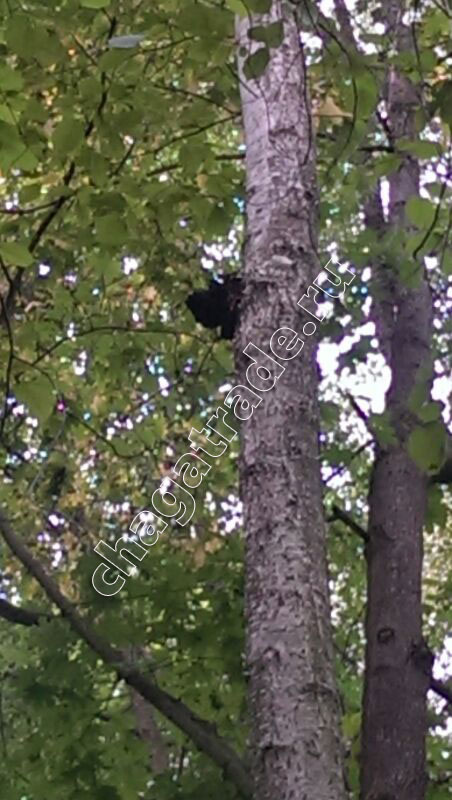The Importance of Understanding Authentic Chaga: A Cautionary Tale
By Victor Smirnov
If you're involved in the chaga business or use chaga for your health, it's crucial to educate yourself and avoid being misled by dishonest vendors and smooth-talking gurus. The first thing to understand is whether we're talking about wild chaga harvested from a living birch tree or artificially cultivated "chaga" grown in a controlled environment. The difference is significant and cannot be overlooked—they are entirely different substances. Why is this so important?
Consider how genuine chaga grows: it thrives in the wild, attached to a living birch tree. Birch trees are highly revered in Russia for their healing properties, with every part of the tree offering some health benefit:
- Birch buds are harvested in early spring and used as an alcoholic tincture to treat stomach cramps, asthma, cardiovascular issues, and more.
- Birch sap is known for its high vitamin content, curing scurvy and aiding in the treatment of urolithiasis. It's packed with Vitamin C, apple acid, proteins, amino acids, and more.
- Birch leaves are an excellent source of Vitamin C and are used to treat kidney-related issues and scurvy.
- Chaga mushroom, known for its powerful antioxidants, is used to combat cancer, diabetes, and other health issues.
- Birch wood is also utilized to produce activated charcoal.
 The birch tree infuses chaga with these nutrients over several years, making wild chaga rich in biologically active substances. The older the chaga, the more potent its healing properties, with 5-7 year-old chaga being optimal for tea and 15-20 year-old chaga being a rare and powerful find.
The birch tree infuses chaga with these nutrients over several years, making wild chaga rich in biologically active substances. The older the chaga, the more potent its healing properties, with 5-7 year-old chaga being optimal for tea and 15-20 year-old chaga being a rare and powerful find.
On the other hand, what about artificially cultivated chaga? Do we even know what nutrients it receives? The idea of artificially growing chaga is puzzling—it's neither natural nor organic. So why bother with it at all? The answer, unfortunately, is money. Cheap, artificially grown chaga can be marketed as the real thing, with added polysaccharides and beta-glucans to boost its "nutritional" profile, misleading consumers.
Has anyone ever seen fermented chaga in its natural, chunky form? I haven't. If you have, I'd love to see it and compare it to real Siberian chaga. I'm convinced that almost all the chaga on the Chinese market today is artificially grown. Genuine Siberian chaga, particularly from Russia, is almost impossible to find due to stringent Chinese import regulations.
I recently came across something labeled as "chaga" on Alibaba.com. I encourage you to take a look and compare it to authentic Siberian chaga—I'm certain the difference will be striking.
Understanding the distinction between wild and artificial chaga is vital, not just for the sake of authenticity, but for your health. Don't be fooled by cheap imitations—real chaga is worth the investment.
Real chaga mushroom in cross section |
Chinese cultivated chaga |
 |